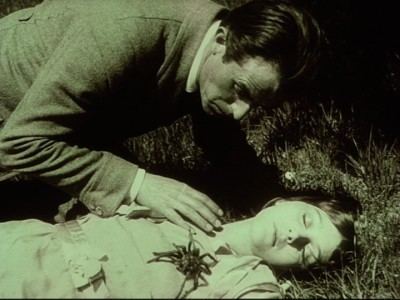 | ||
A calling card is a particular object sometimes left behind by a criminal at a scene of a crime, often as a way of taunting police or obliquely claiming responsibility. The name is derived from the cards that people used to show they had been to visit someone's house when the resident was absent. A calling card can also be used as an individual's way of telling someone they are alive after they have run away or disappeared without revealing themselves or having direct contact with that person. It is often left at a bed side table while the person is asleep.
Contents
Historical examples
Examples in fiction
References
Calling card (crime) Wikipedia(Text) CC BY-SA
